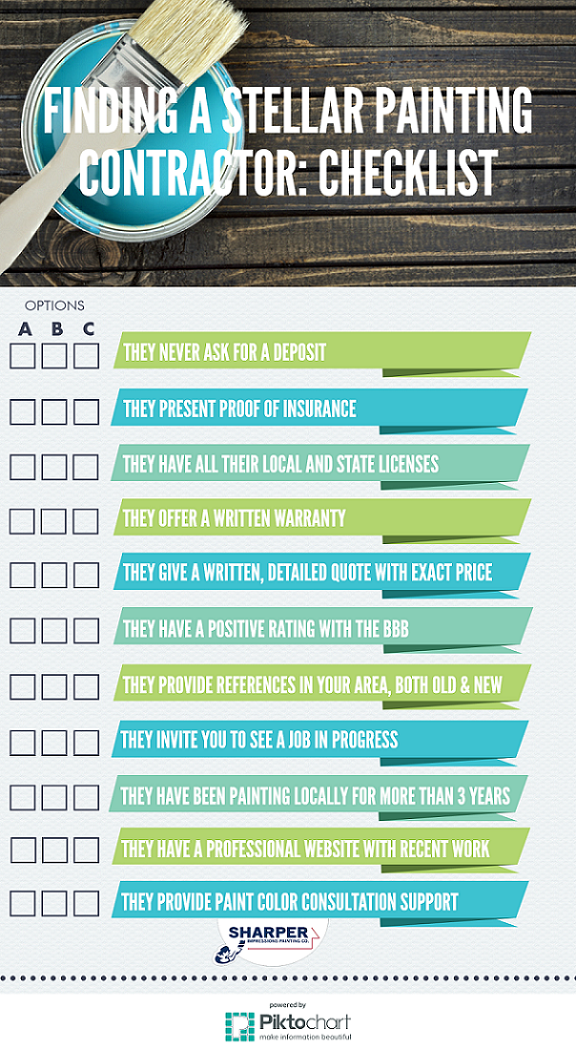Essential Seasonal Aspects Of Commercial Exterior Painting: What You Must Recognize
Essential Seasonal Aspects Of Commercial Exterior Painting: What You Must Recognize
Blog Article
Short Article Created By-Regan Whalen
When you're planning a business external paint project, seasonal variables can make or break your outcomes. You'll want to consider exactly how temperature and humidity impact paint application and drying out times. Choosing the right season can ensure your paint sticks appropriately and lasts longer. However which seasons are absolutely the most effective for this type of work? Allow's check out the key elements that can impact your task's success.
The Impact of Temperature Level on Paint Application
When you're preparing an industrial external painting project, the temperature can considerably impact how well the paint adheres and dries out.
Preferably, fort worth painting company want to repaint when temperature levels vary between 50 ° F and 85 ° F. If it's too cool, the paint may not heal effectively, resulting in concerns like peeling off or splitting.
On the flip side, if it's too hot, the paint can dry too quickly, protecting against proper adhesion and leading to an irregular coating.
You must additionally take into consideration the time of day; early morning or late afternoon offers cooler temperatures, which can be extra desirable.
Constantly examine the maker's suggestions for the details paint you're making use of, as they usually supply advice on the suitable temperature array for optimum outcomes.
Moisture and Its Effect on Drying Times
Temperature level isn't the only ecological aspect that affects your industrial external painting job; humidity plays a significant role also. High humidity degrees can reduce drying out times considerably, influencing the total quality of your paint work.
When the air is filled with wetness, the paint takes longer to treat, which can cause issues like inadequate adhesion and a higher threat of mildew growth. If you're painting on an especially moist day, be prepared for extended delay times between layers.
It's important to keep an eye on local weather and plan appropriately. Ideally, aim for humidity degrees in between 40% and 70% for ideal drying.
Keeping cabinet painting in mind ensures your job stays on track and delivers a long-term surface.
Best Seasons for Commercial Exterior Painting Projects
What's the best time of year for your commercial external paint jobs?
Springtime and early loss are generally your best bets. Throughout these periods, temperature levels are mild, and moisture levels are usually reduced, producing ideal conditions for paint application and drying out.
Prevent summer season's intense heat, which can cause paint to completely dry also promptly, leading to inadequate bond and finish. Similarly, https://www.insider.com/guides/home/can-you-paint-vinyl-siding can prevent correct drying and healing, risking the longevity of your paint task.
Go for days with temperature levels between 50 ° F and 85 ° F for optimum outcomes. Remember to check the local weather report for rain, as damp problems can ruin your job.
Planning around these aspects ensures your paint task runs smoothly and lasts much longer.
Verdict
To conclude, planning your industrial external paint projects around seasonal considerations can make a significant distinction in the end result. By organizing work during the perfect temperatures and humidity levels, you'll ensure better attachment and drying times. Keep in mind to watch on neighborhood weather forecasts and choose the correct time of year-- spring and very early fall are your best choices. Taking these actions will help you attain a long lasting and professional surface that lasts.
